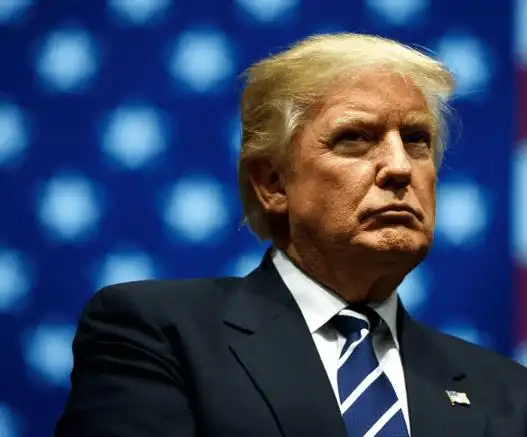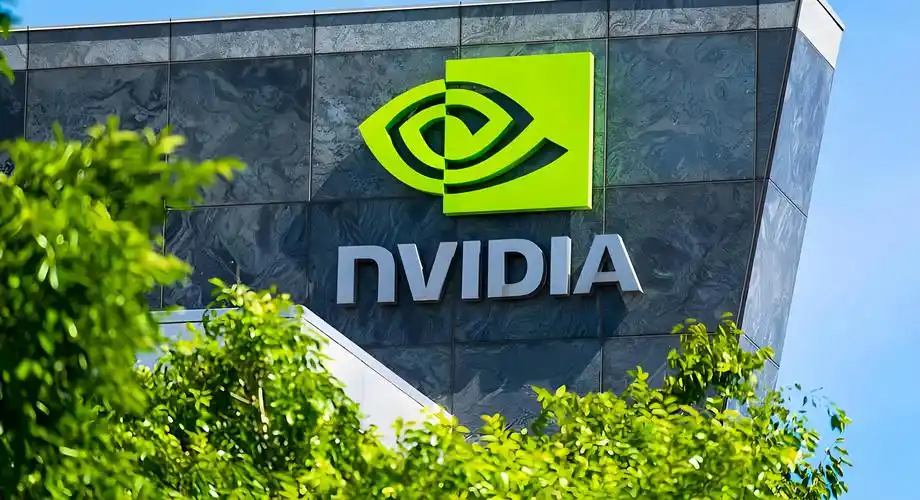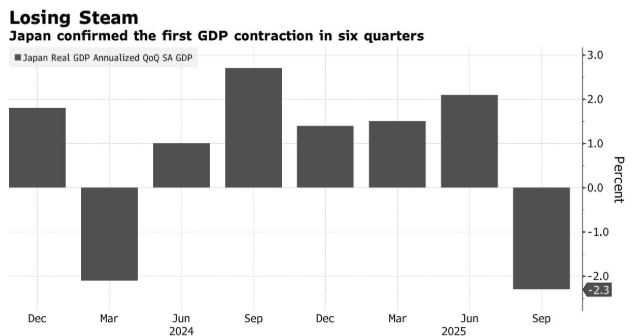Silver prices hit a record high of around $53 per ounce, with the historic short squeeze in London adding impetus to the rally driven by surging demand for safe-haven assets.
The spot price in London rose by as much as 1% to $52.8983 per ounce, surpassing the peak set by the gold futures contract regulated by the Chicago Board of Trade (CBOT) in January 1980 (which has now expired) – when the billionaire Hunt brothers attempted to monopolize the gold market. The price of gold also hit a record high, rising for eight consecutive weeks.
Concerns over London’s lack of liquidity have sparked a global chase for silver, with the benchmark price soaring to nearly unprecedented levels in New York. This has prompted some traders to book cargo space on transatlantic flights to transport silver bars – an expensive mode of transportation typically used for gold – in order to profit from the rising prices in London. In early trading on Tuesday, the premium for silver bars was approximately $1.15 per ounce, lower than the $3 spread last week.
The silver lease rate (representing the annualized cost of borrowing silver in the London market) has remained high this year, but it soared to over 30% on Friday. This brings astonishing costs to those who wish to renew their short positions. In recent weeks, a surge in demand from India has led to a reduction in the supply of silver available for trading in London. Previously, due to concerns that silver might be affected by US tariffs, a huge trade conflict broke out between the two major trading centers, causing India to ship silver to New York in large numbers.
Although precious metals were officially granted tax exemption in April, traders remain nervous as the US government’s so-called “Section 232” investigation into critical minerals, including silver, platinum and palladium, is coming to an end. This survey has once again raised concerns that these metals might be included in the new tariff range, thereby intensifying market tensions.
Goldman Sachs analysts wrote in a report that the silver market “has poor liquidity and is about one-ninth the size of the gold market, which amplifies price volatility.” Without the central bank’s intervention to stabilize silver prices, even a temporary pullback in investment funds could trigger a disproportionate correction, as this would also offset the tightening situation in the London market, which has driven the recent rise in silver prices.
Since the beginning of this year, the prices of four major precious metals have soared by 56% to 81%, and this rally has dominated the commodity market. The rise in gold prices is attributed to central banks’ gold purchases, increased holdings of exchange-traded funds (ETFs), and the Federal Reserve’s interest rate cuts. The repeated emergence of trade tensions between China and the United States, the threat to the independence of the Federal Reserve, and the US government shutdown have also fueled the demand for safe-haven assets.
“There seems to be no reason to fight against the trends of gold and silver,” said Shyam Devani, a Singaporean investor. It has become more obvious that the trend has accelerated and is likely to continue, as potential problems such as weak governments, poor budget conditions, and chaotic monetary policies have all jointly pushed up the prices of gold and silver.
On Monday, analysts at Bank of America raised their silver price target for the end of 2026 from around $44 per ounce to $65, citing persistent market shortages, widening fiscal gaps and falling interest rates.
Before the Federal Reserve announces its next interest rate decision later this month, investors are also weighing the prospects of its monetary easing path. Philadelphia Fed President Anna Paulson hinted on Monday that she prefers to cut interest rates twice more this year, each by 25 basis points, as policy-making should take into account the impact of tariffs on rising consumer prices. A reduction in borrowing costs will benefit precious metals that do not pay interest.


